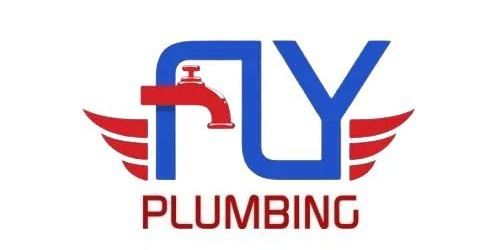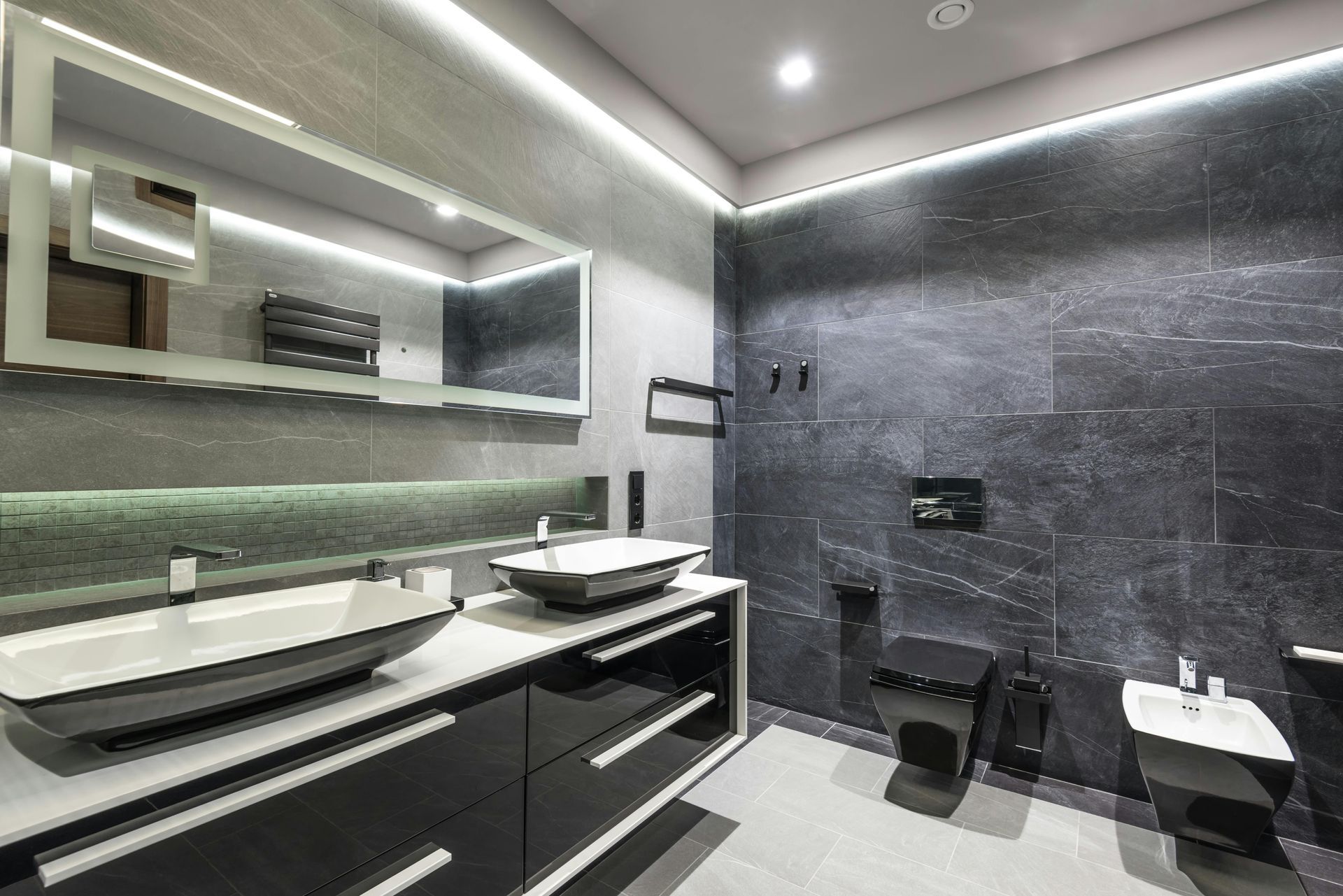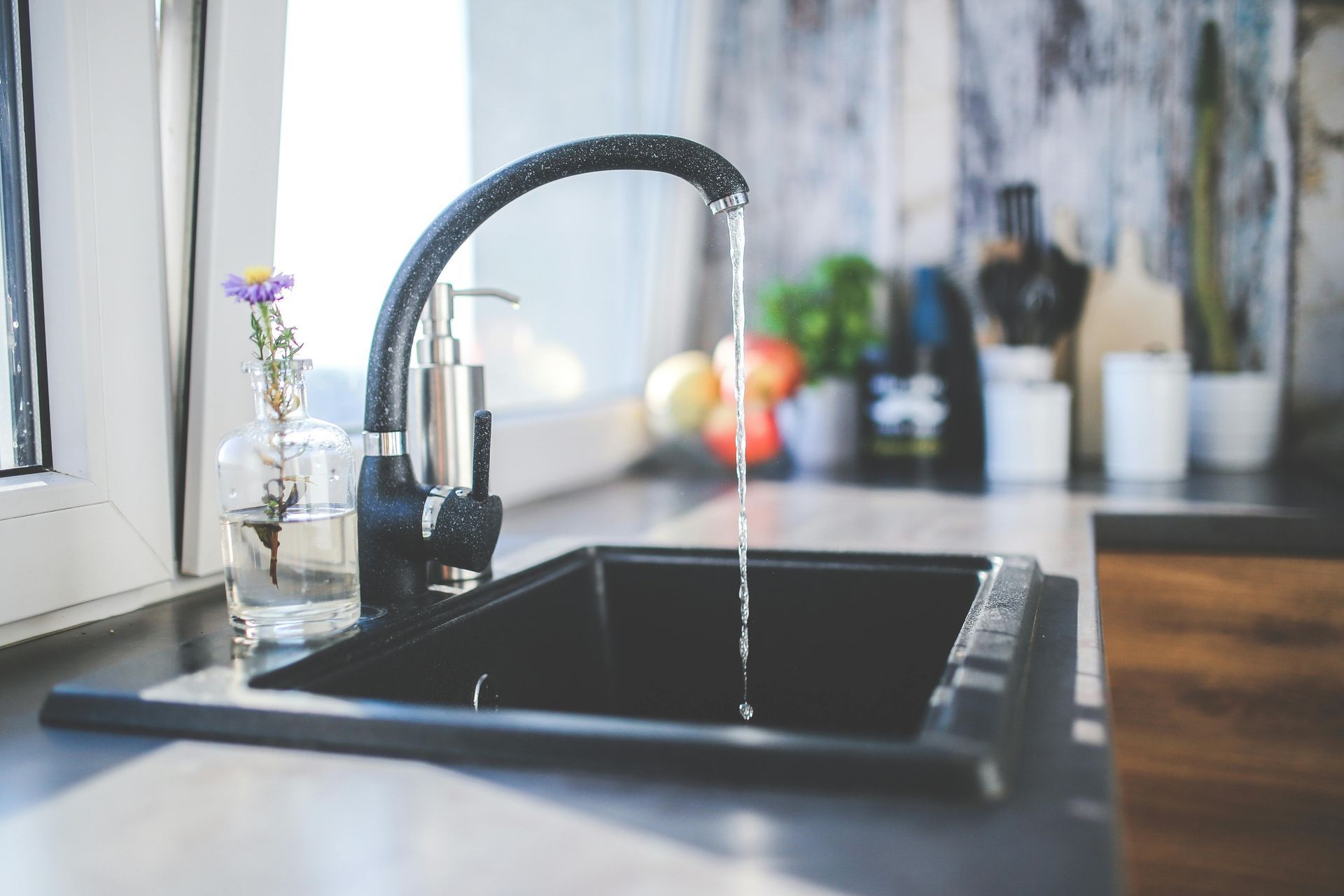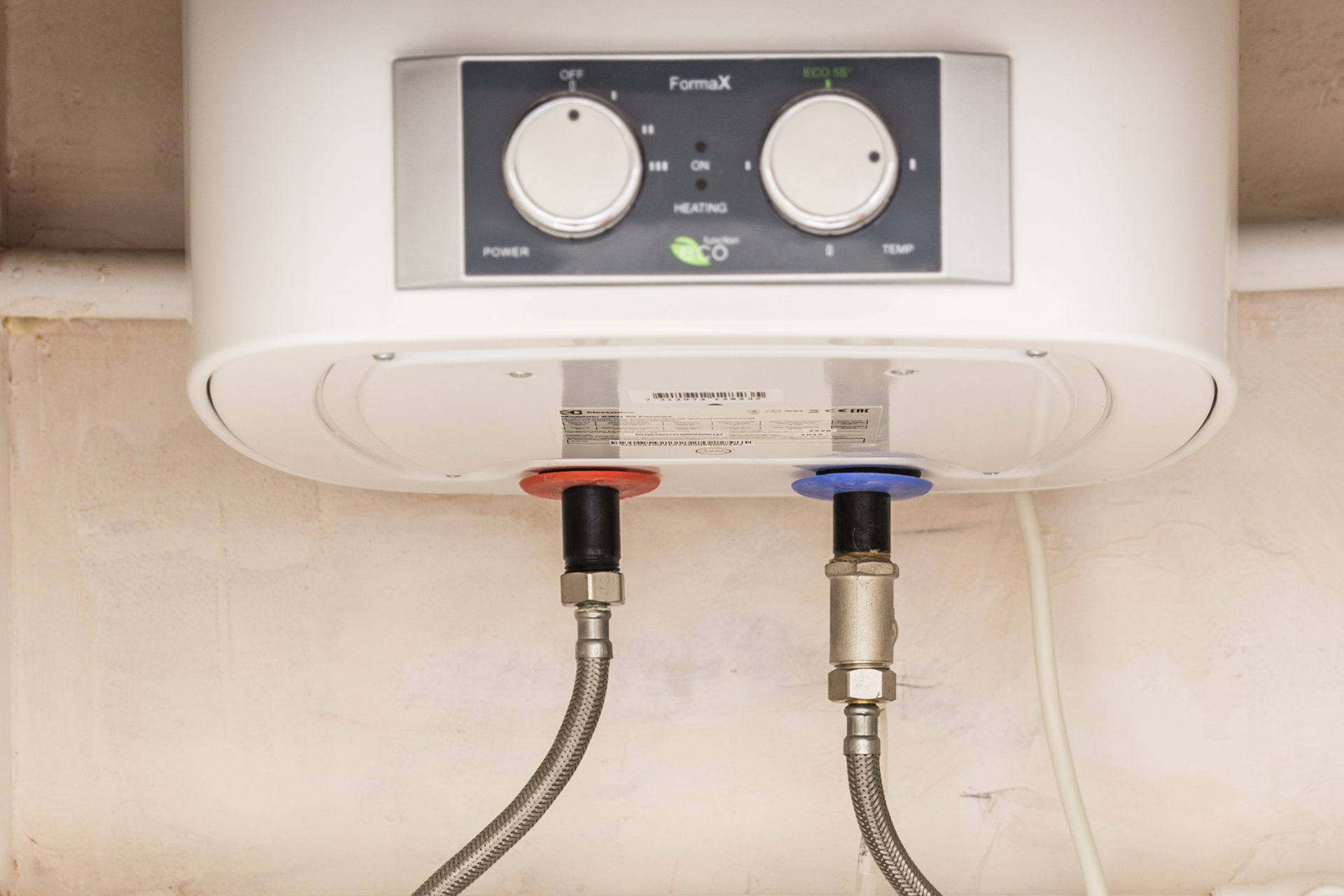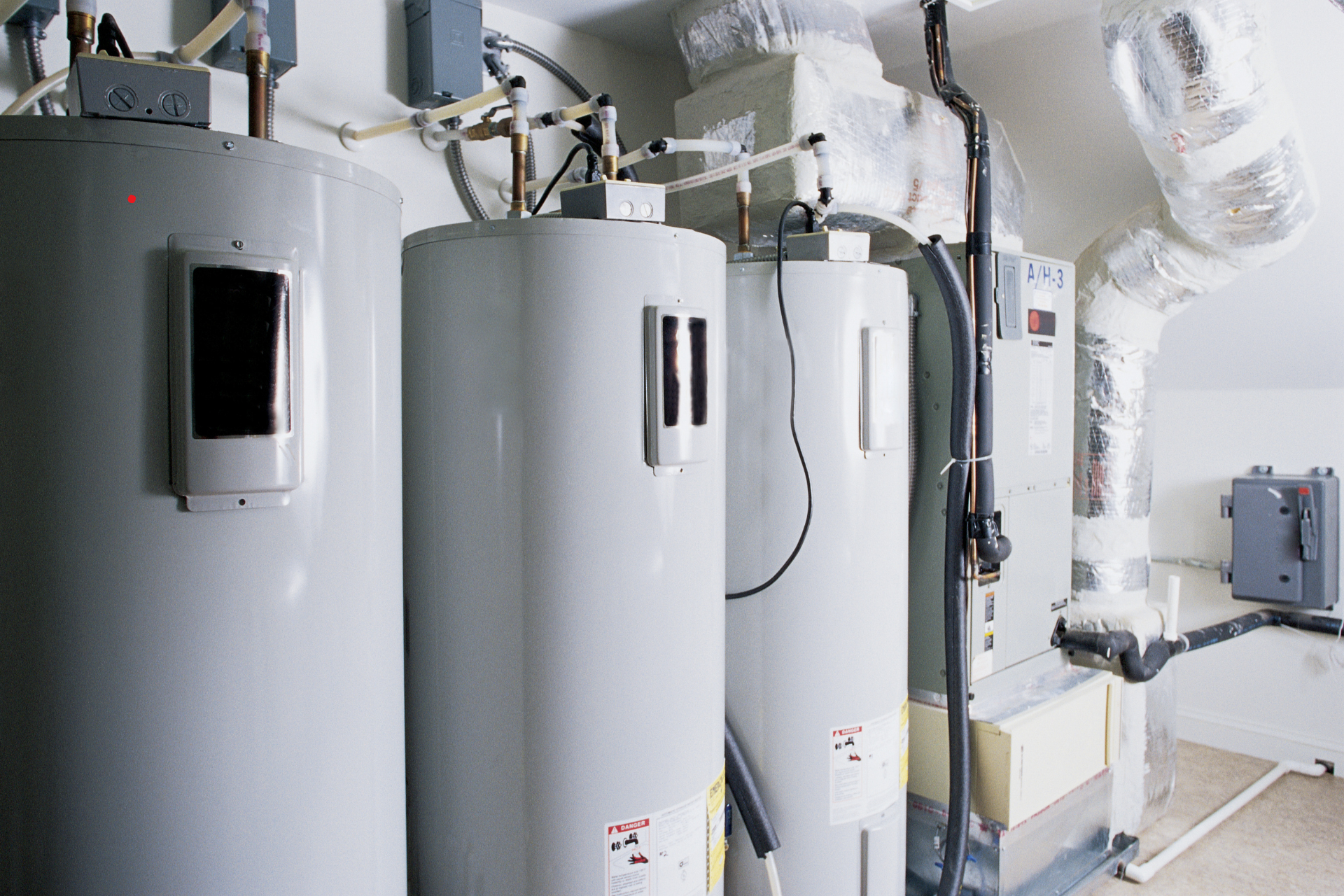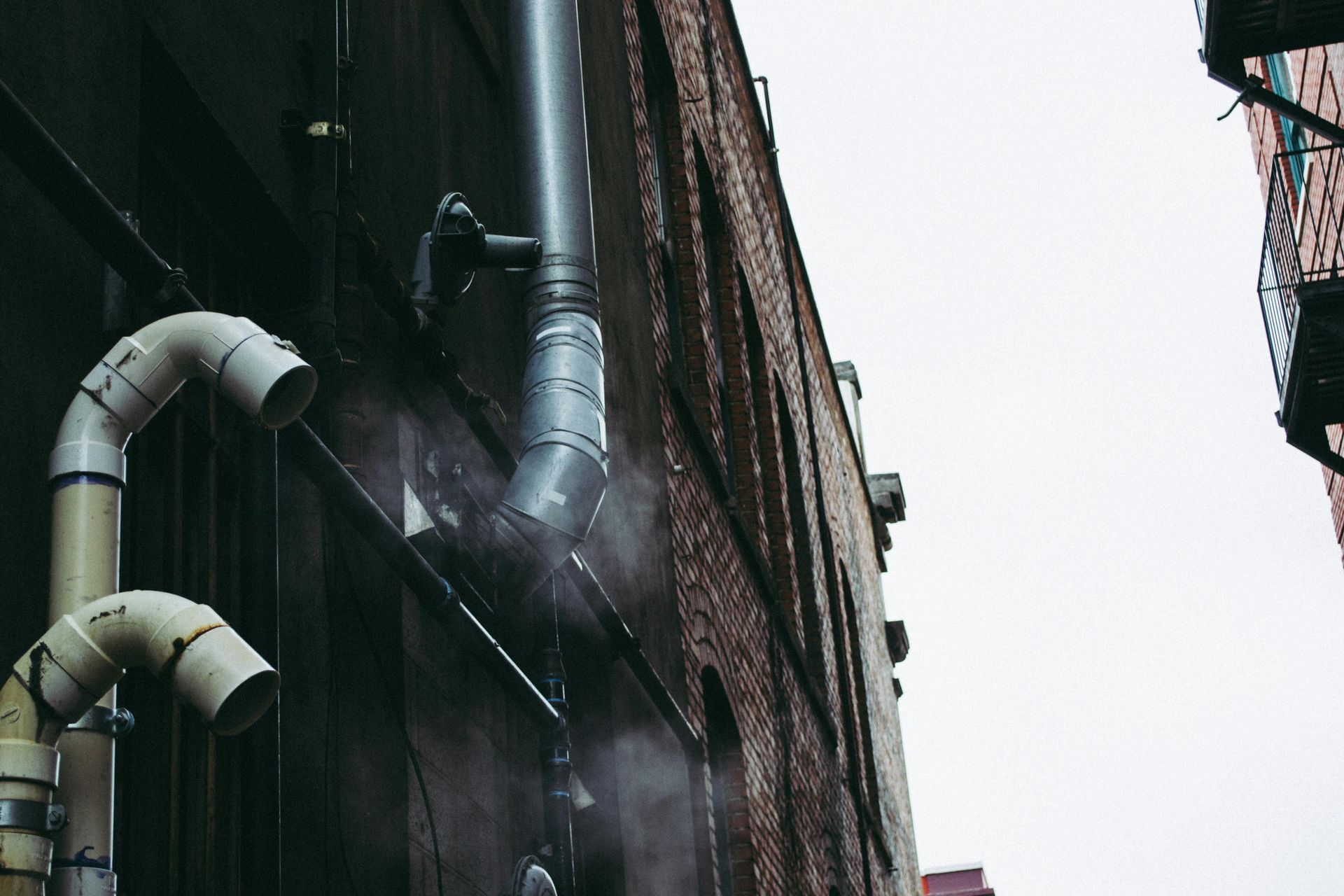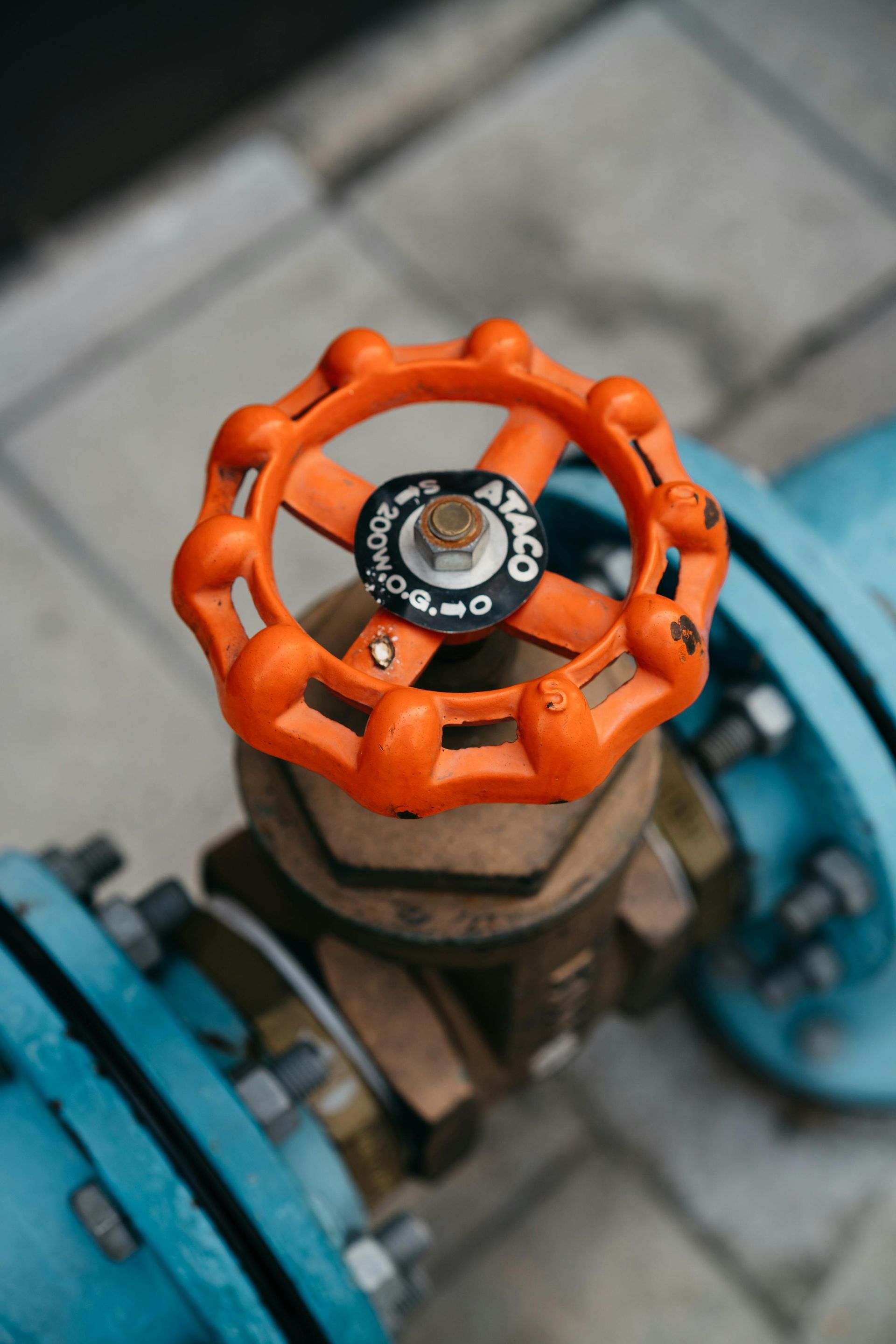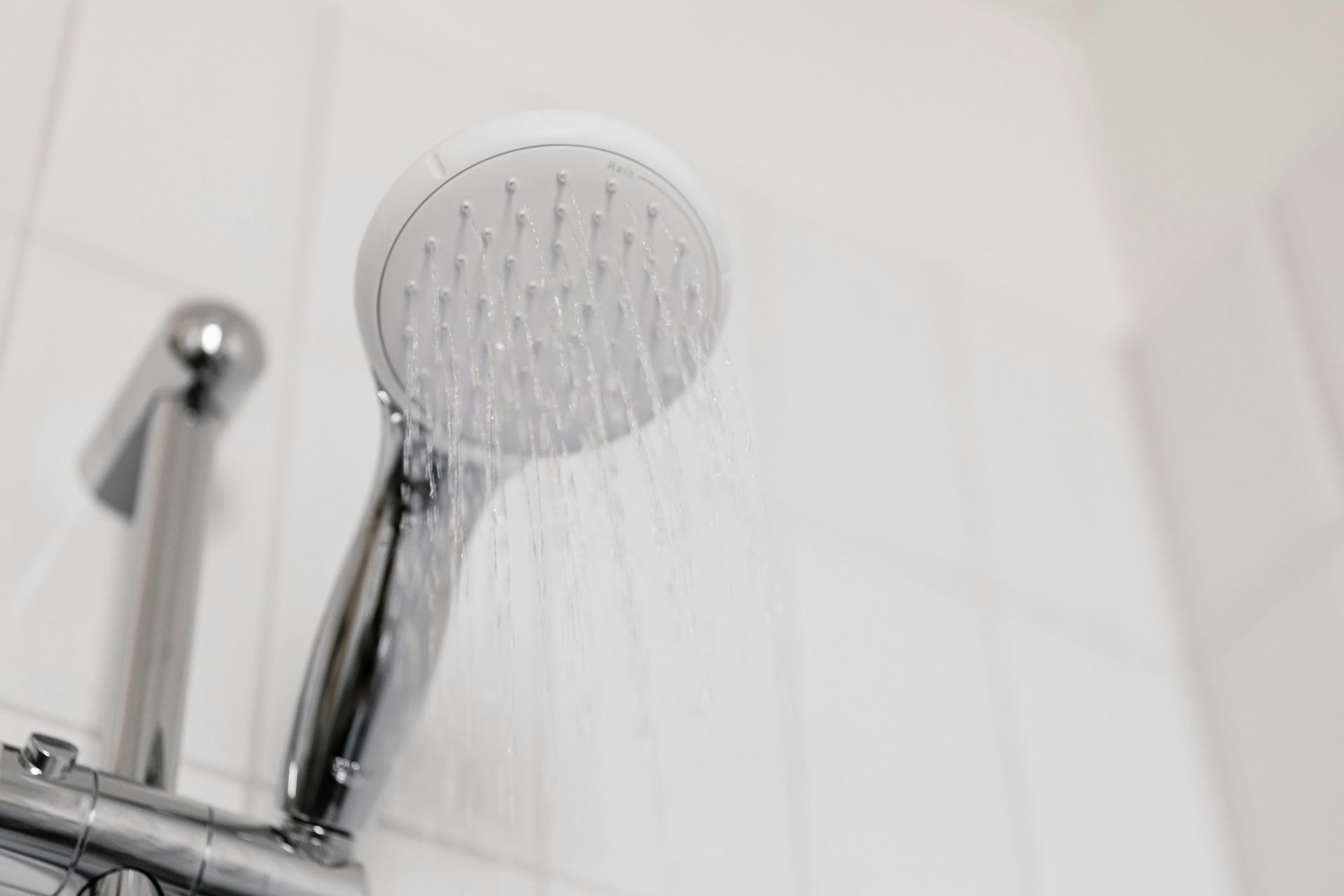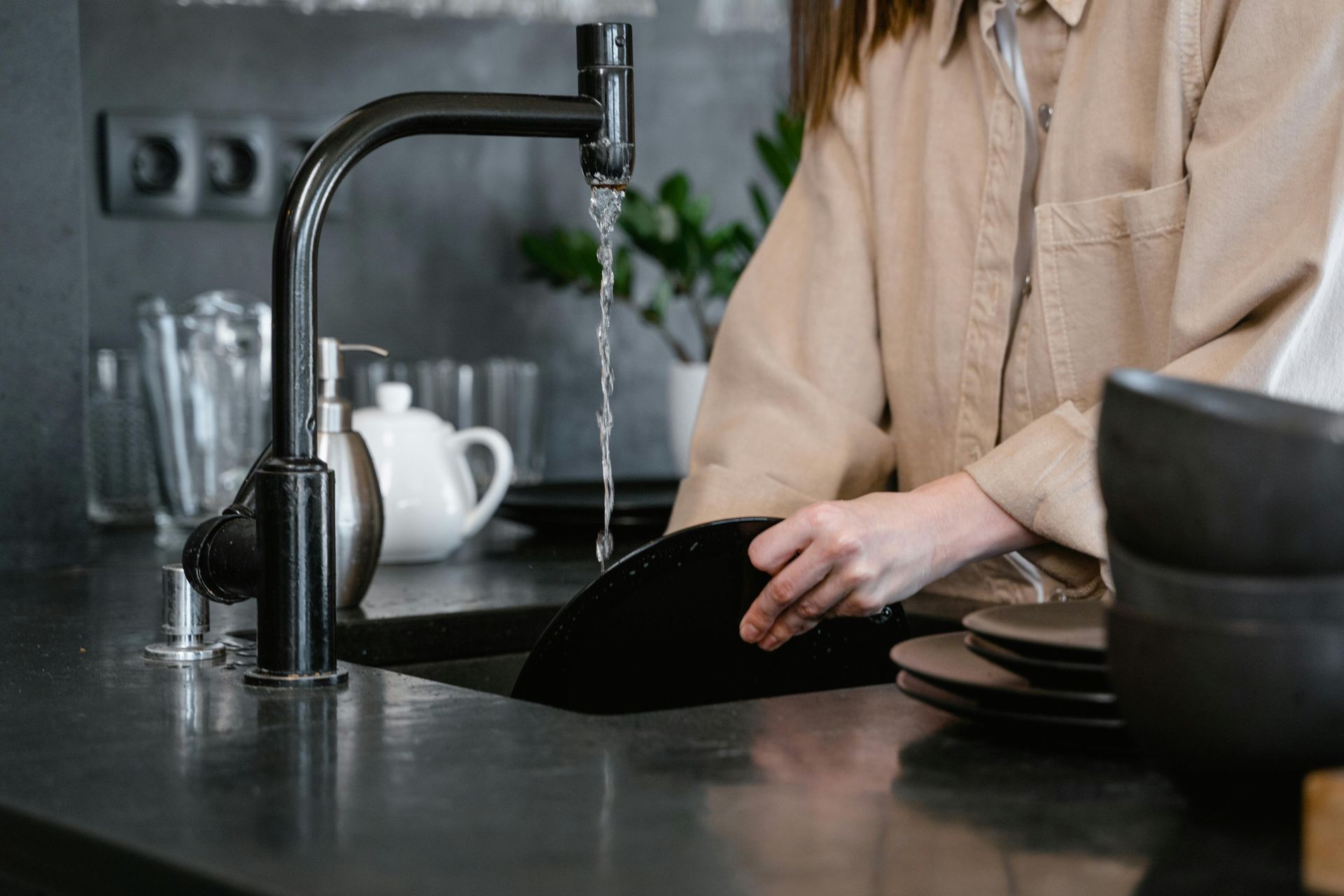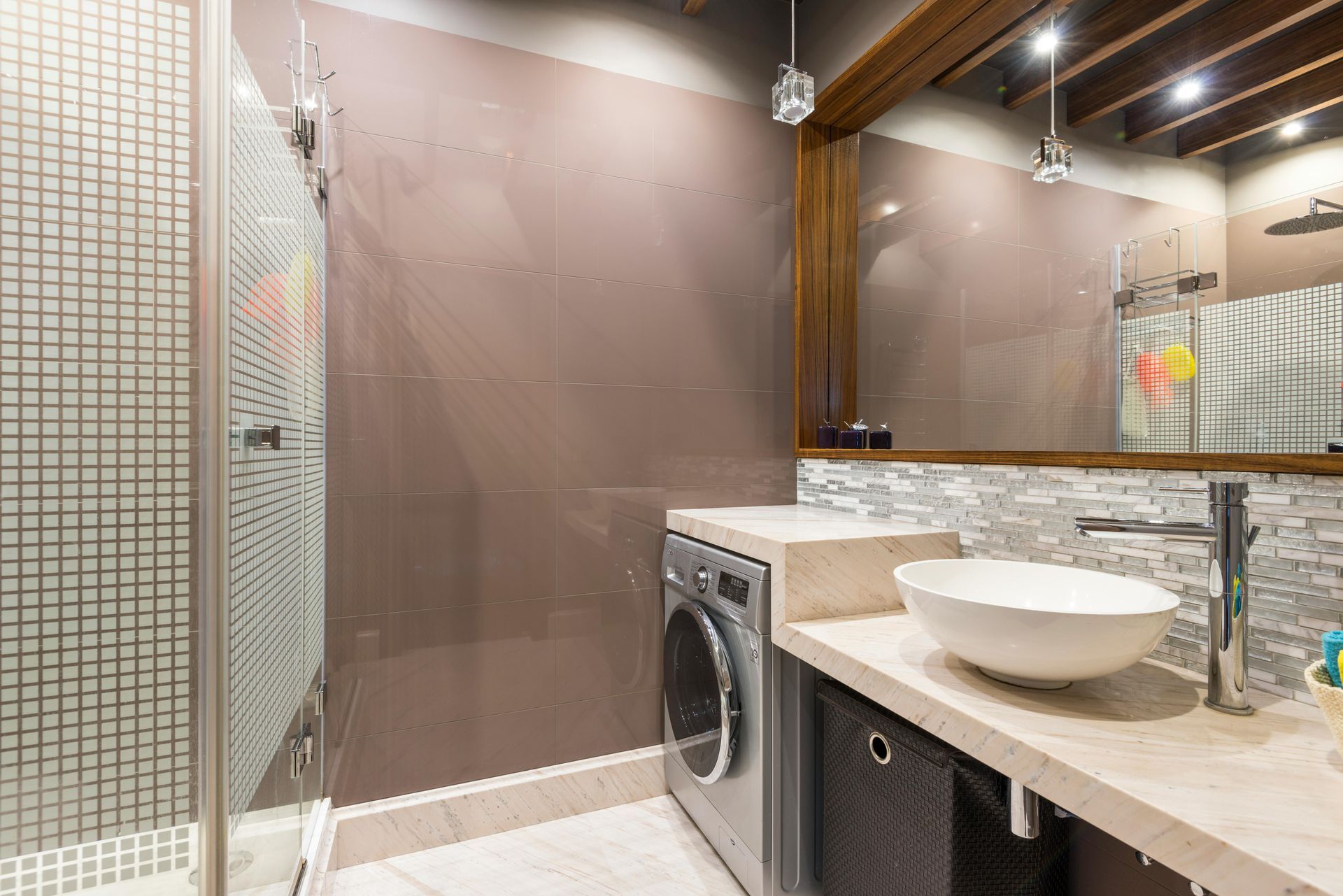How to Winterize Your Home Plumbing: A Step-by-Step Guide
Winterizing your plumbing and HVAC systems is one of the most essential maintenance tasks you can do as a homeowner. Taking proper precautions before the cold sets in prevents frozen pipes, heating problems, and water damage. As a bonus, winterizing your HVAC systems will save you money on energy costs and ensure efficient operation year-round.
The key is to plan ahead. If you do not have a plan and fail to act, the consequences can be severe. Water in pipes can freeze when the temperatures drop too low, which can result in cracks and leaks that lead to water damage. Heating systems that are not properly maintained have to work harder to regulate indoor temperatures, making energy bills skyrocket. Proactively servicing these systems and tackling small issues before winter minimizes the risks of weather-related damage and expensive repairs.
Understanding Winterization
The term “winterization” refers to the steps taken to prepare your home for the winter months. For many homeowners, this entails packing up summer gear and getting ready for the holidays, cold weather, and more. It also includes measures to prevent frigid temperatures and harsh weather conditions from damaging pipes, plumbing fixtures, and HVAC systems.
Air Conditioner Winterization
Fall is a time of change. One thing that many homeowners often overlook is their air conditioning. There are many reasons why it’s important and smart to winterize the condenser, which is the unit that sits outside your home. For starters, it helps prevent wear and tear caused by winter elements. Winterization will extend the lifespan of your cooling system and save you money by not having to replace it before you need to. Here are some tips to get your outdoor unit ready for winter.
• Remove debris from the unit. It’s common for the condenser to collect leaves, grass clippings, twigs, and other materials throughout the warm months that can interfere with your cooling system’s operation.
• Wax the outside of the unit. Just like your car, a coating of wax applied to the exterior of your condenser unit can protect the metal surfaces from rain, snow, and sleet.
• Cover the unit. Adding a protective plywood cover to the top of the condenser prevents debris and moisture from accumulating in the unit. The plywood should be a little larger than your air conditioner, and you can weigh it down with bricks or stones on the four corners of the wood.
• Remove snow and ice buildup throughout the winter. After each storm, make cleaning off your exterior air conditioning unit part of your snow-clearing tasks, like shoveling walkways and brushing off your car.
While plywood covers protect air conditioners effectively, you should never cover your unit in plastic. While this seems like a good idea, wrapping your outdoor unit in non-breathable materials will trap moisture. This moisture can lead to rusting and deterioration of internal components. Also, it creates an environment that may appeal to small animals.
Plumbing Winterization
Before the temperature drops below freezing, you need to take precautions to prevent frozen and burst pipes. Here are a few key steps to take:
• Insulate exposed water pipes in unheated areas like crawl spaces, attics, and garages. Use pre-slit foam tubing wraps designed for pipes. Make sure to wrap elbow joints and valves, too.
• Drain and disconnect all outdoor hoses and shut off any outdoor faucets. Installing hose bib shut-off valves can make this easier. Turn off the shut-off valve from the inside, then open the outdoor faucet to drain the remaining water.
• Seal any openings or cracks in areas housing water pipes. Use caulk or expandable foam to prevent cold air from reaching the plumbing.
• Wrap pipes close to exterior walls with heat tape. Make sure to use UL-listed heat tape and install it correctly to prevent fire risks.
Taking these preventative measures helps avoid burst pipes and water damage during cold weather. Keeping pipes warm is achieved with insulation while removing standing water from outdoor faucets reduces the risk of them freezing.
Heating System Winterization
Winterizing your heating system is crucial for efficient operation and cost savings. One task you can perform is changing the air filter. A clogged air filter can interfere with the airflow your heating system needs to operate efficiently. Experts recommend that you change out air filters at least every three months. However, you should inspect them at least once a month. Monthly inspections are necessary because air filters can get dirty faster based on several factors, such as when your system runs more than usual during extreme weather.
Another task that will improve your heating system’s efficiency is ensuring that the supply and return vents in your home are not blocked. Furniture, area rugs, and even blankets and curtains can obstruct your HVAC system’s airflow. You should also check that the supply vents have not been unintentionally switched to a closed position during the warmer months.
Next, inspect the thermostat. Make sure it is calibrated so that it can accurately control the temperature. A simple method to complete this task is to tape a reliable thermometer to the wall next to the device. Wait about an hour, then compare the thermometer’s reading to your thermostat’s. If the temperatures are within a few degrees of each other, your device is calibrated correctly. You should replace a faulty thermostat to ensure the comfort of household members and lower energy costs.
One of the most essential tasks to make sure your heating system is ready for the frigid temperatures of winter is to have it tuned up by a HVAC professional. As part of this service, they will inspect your system and fix minor issues that can turn into expensive emergency repairs. They will also clean your heating system’s internal components, lubricate moving parts, and check for loose electrical connections. Investing in preventative maintenance helps keep your furnace running efficiently and safely.
When Should You Winterize?
The general recommendation is to complete winterization tasks approximately one to two months before your region’s first expected frost or freeze. For many areas, October and November are good target months to aim for. If you wait until December or January, you risk exposing your plumbing and air conditioner to damage if a cold snap occurs before you get a chance to get them ready for winter.
Contact the Pros
While some basic winterization steps are relatively easy, having a professional handle your winter maintenance is highly recommended. An expert has the experience and knowledge to winterize your home’s systems thoroughly. Our technicians will inspect, test, and make any necessary repairs or adjustments to ensure your plumbing and HVAC systems are ready for winter.
At Fly Plumbing & HVAC, we are a family-owned business that has been serving the residents of Wheeling, IL and the surrounding areas for years. We install, maintain, and repair heating and cooling systems. In addition, we provide indoor air quality, duct cleaning, and plumbing services like drain cleaning and frozen pipe repair. Contact us at Fly Plumbing & HVAC today to schedule an appointment with one of our expert team members.
